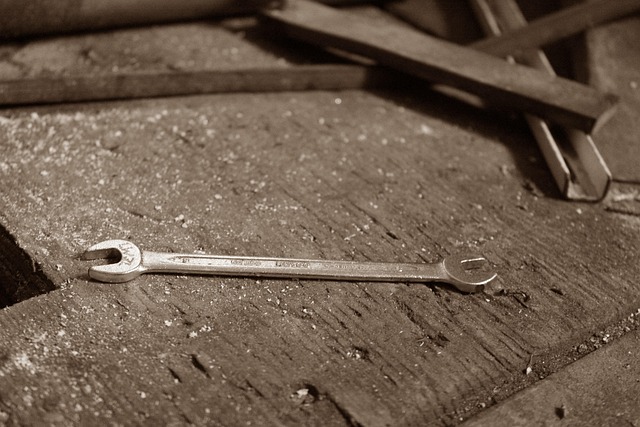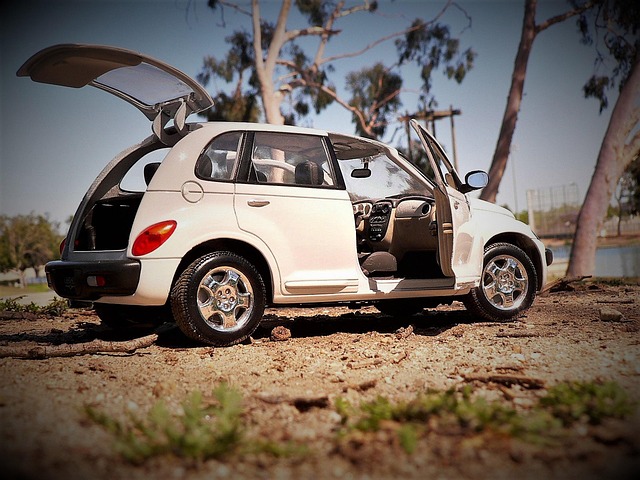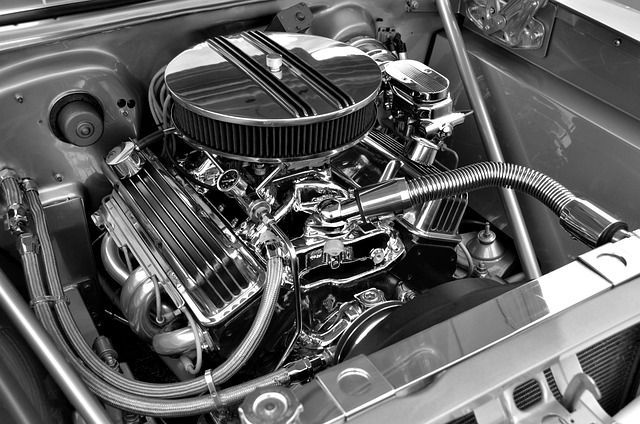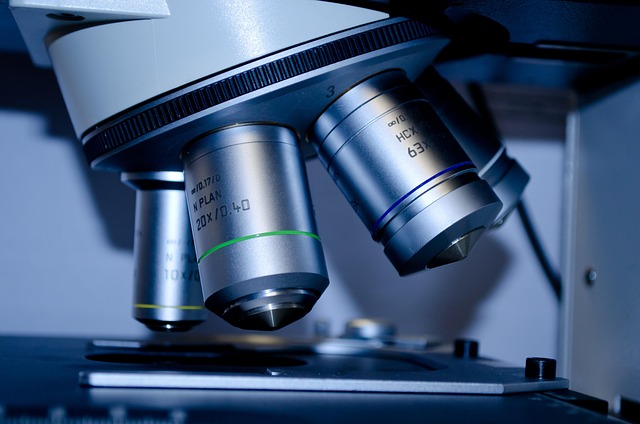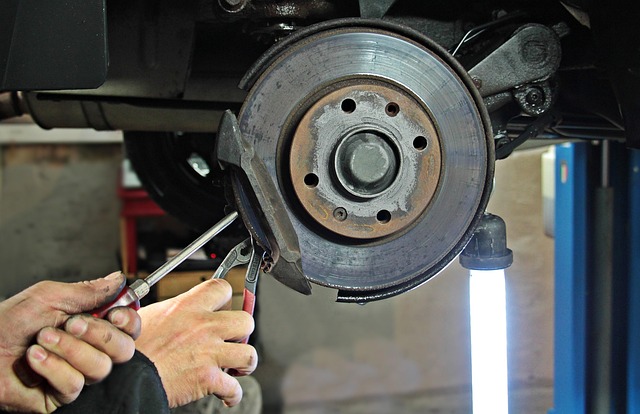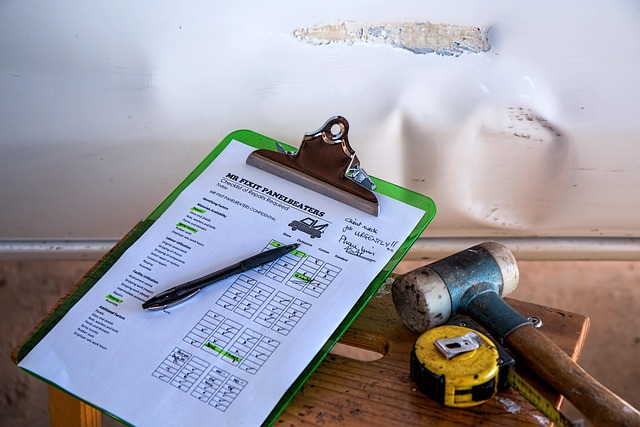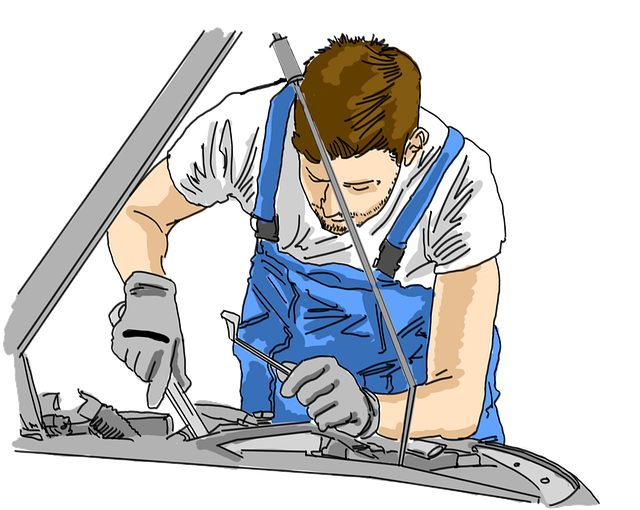TIG welding collision systems are vital tools enhancing precision in automotive collision repair and frame repair by monitoring weld pools and workpieces to detect and prevent collisions, thereby ensuring accurate, consistent results. These systems minimize defects like burn-through, warping, and uneven fusion through real-time heat input adjustments, contributing to high-quality, reliable repairs. Their precision, efficiency, and versatility make them indispensable in modern automotive workshops, facilitating detailed car restoration and reducing human error during collision repair processes.
In the realm of precision fabrication, TIG (Tungsten Inert Gas) welding stands out for its meticulousness. Achieving intricate designs and tight tolerances demands a robust system—which is where TIG welding collision systems shine. This article delves into the intricacies of TIG welding, highlighting the critical role collision systems play in enhancing accuracy. We explore benefits and applications, demonstrating why these systems are indispensable for modern metal fabrication, ensuring precision and quality in every weld.
- Understanding TIG Welding and Its Precision Requirements
- The Role of Collision Systems in Enhancing Accuracy
- Benefits and Applications: Why They Are Indispensable
Understanding TIG Welding and Its Precision Requirements

TIG welding, or Tungsten Inert Gas welding, is a sophisticated metal joining process renowned for its precision and quality. This technique involves using a non-consumable tungsten electrode to generate an arc, which melts and fuses metal together. The key to TIG welding’s precision lies in the precise control of heat input, filler metal application, and gas flow. Each variable must be meticulously adjusted to ensure consistent and accurate welds, especially when dealing with intricate or complex designs.
The precision requirements of TIG welding are particularly evident in industries such as automotive repair and car paint services, where exacting standards are essential. Auto body repair, for instance, demands that TIG welding collision systems be able to handle delicate metal repairs while maintaining structural integrity. By integrating these specialized systems, welders can achieve consistent results, minimize heat-affected zones, and ensure the overall quality of auto body repairs, ultimately contributing to safer and more reliable vehicles.
The Role of Collision Systems in Enhancing Accuracy

TIG welding collision systems play a pivotal role in enhancing the accuracy and quality of precision welding processes. These advanced systems are designed to detect and mitigate any potential collisions or misalignments between the weld pool and the workpiece, ensuring consistent and precise results. By continuously monitoring the position and movement of the welding arc, these systems can adjust the direction and intensity of the heat input in real-time, thereby minimizing defects such as burn-through, warping, and uneven fusion.
In industries like automotive collision repair and auto frame repair, where precision is paramount, TIG welding collision systems are indispensable. They enable welders to work with greater confidence, knowing that any minor misstep will be quickly corrected. Moreover, these systems integrate seamlessly with auto glass repair processes, ensuring that structural integrity is maintained throughout the entire restoration, leading to more robust and reliable repairs.
Benefits and Applications: Why They Are Indispensable

TIG welding collision systems are indispensable tools in modern automotive workshops and vehicle collision repair centers for several compelling reasons. These systems offer numerous benefits that enhance precision and efficiency in the welding process, which is crucial for auto painting and car restoration projects. By precisely controlling the heat input and weld bead width, these advanced systems ensure consistent and high-quality welds, minimizing the risk of defects like burn-through or uneven fusion.
Their versatility makes them suitable for a wide range of applications, from fabricating custom automotive components to repairing damaged panels on vintage vehicles. The ability to precisely position and control the welding arc allows for intricate welds in hard-to-reach areas, making them invaluable for detailed car restoration projects that demand meticulous craftsmanship. Moreover, TIG welding collision systems often incorporate advanced features like digital controls, automated settings, and real-time feedback, further streamlining workflow and reducing human error during vehicle collision repair processes.
TIG welding collision systems are no longer a luxury, but an indispensable tool for achieving precision in modern manufacturing. By precisely controlling the weld path and managing heat input, these systems enhance accuracy, reduce errors, and improve overall welding quality. As industries strive for higher levels of craftsmanship, TIG welding collision systems continue to play a pivotal role in ensuring consistent, reliable, and accurate results, making them essential across various applications.
